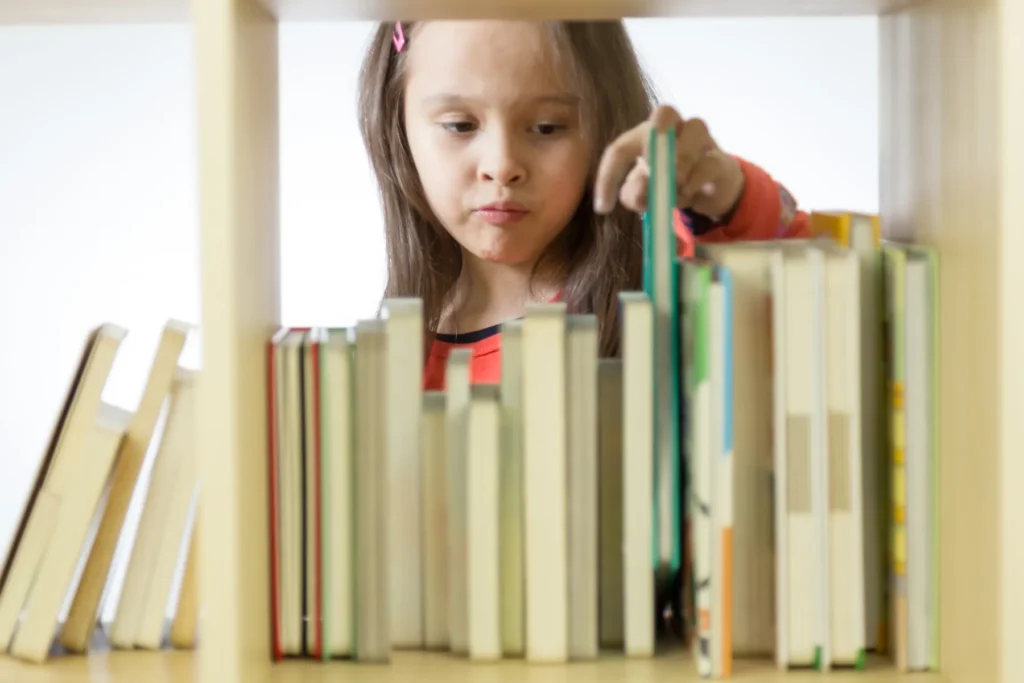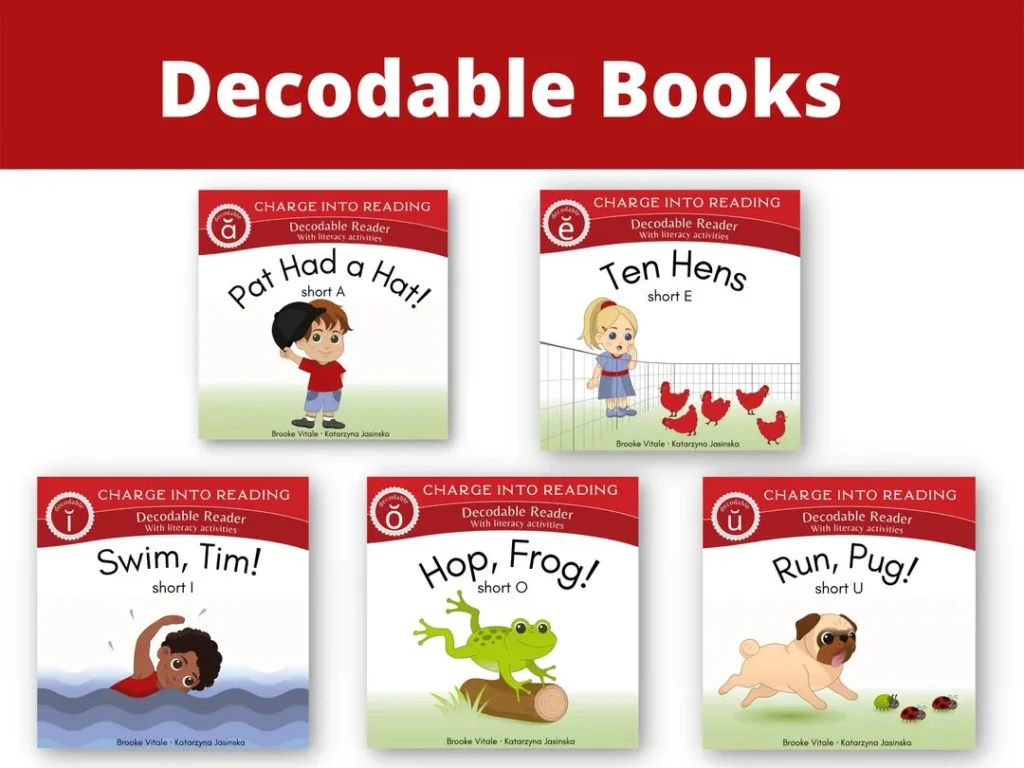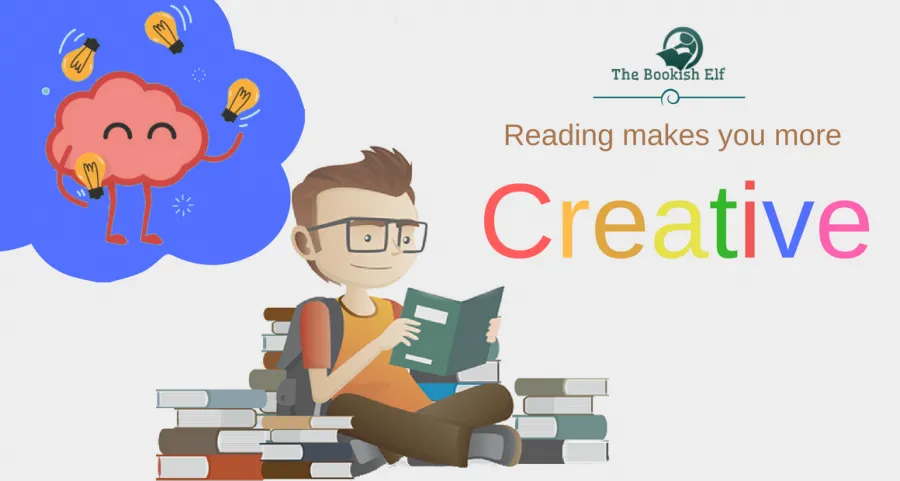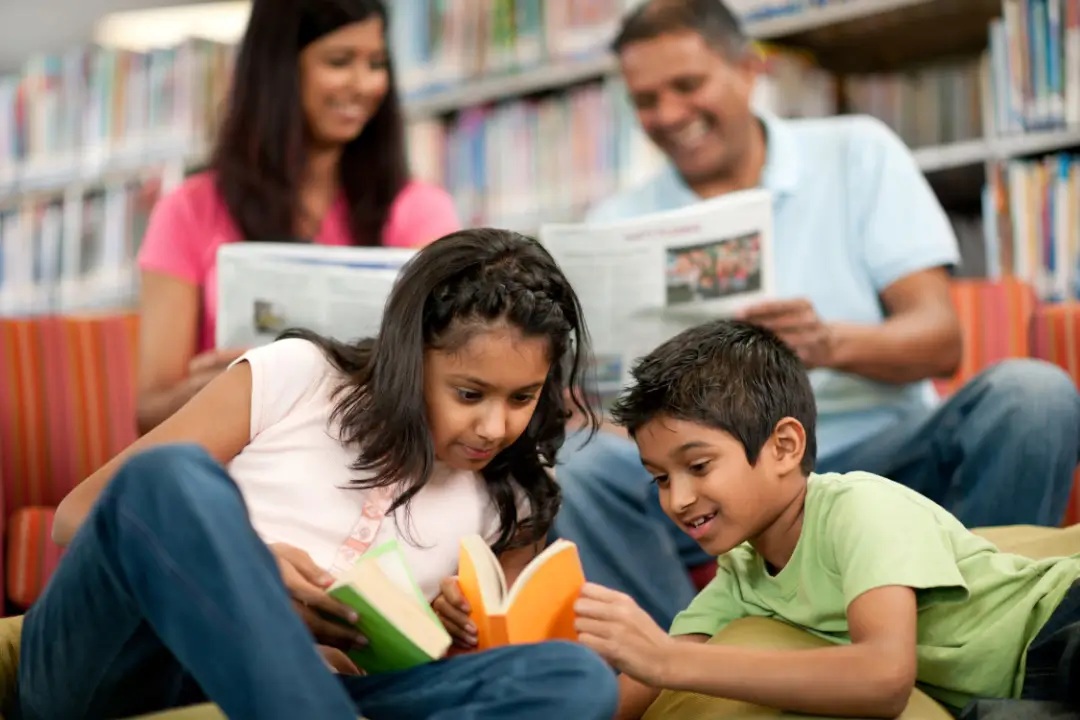Helping your child learn to read is one of the most rewarding milestones of parenting. But with so many Beginner Readers Books available, it can feel overwhelming to decide which ones are the best fit.
The truth is: not every “early reader” book is created equal. Some are too advanced and frustrate kids. Others may be fun but don’t actually build skills. The key is knowing what to look for—and how to balance your child’s reading level with their unique interests.
This guide goes beyond the basics to give you practical, real-life tips and book recommendations that parents, teachers, and literacy experts actually use.
Start with Your Child’s Reading Level (But Don’t Stop There)
One of the biggest mistakes parents make is choosing books strictly by age. Two children the same age can have completely different reading abilities.
Tip: Look for leveled reading systems such as:short sentences, simple sight words (e.g., Biscuit by Alyssa Satin Capucilli).
longer sentences, basic storylines (e.g., Fly Guy by Tedd Arnold).
paragraphs and more complex vocabulary (e.g., Magic Tree House series).
Real-life example:
A 7-year-old who’s an advanced reader may breeze through Henry and Mudge while a 7-year-old beginner thrives with Bob Books. Both are perfectly normal.Choose Books That Match Their Interests
Reading is easier when kids want to read. A child fascinated by dinosaurs will push through challenging words just to learn more about T. rex.
Examples of interest-based beginner books:
- For animal lovers: National Geographic Kids Readers
- For humor: Elephant & Piggie by Mo Willems
- For space fans: There’s No Place Like Space (Cat in the Hat’s Learning Library)
Parent tip: When visiting a bookstore or library, let your child pick out one book that excites them—even if it’s not labeled “educational.” Motivation is key.
Prioritize Repetition and Predictable Patterns
Beginner readers build confidence when they can predict what comes next. Repetitive phrasing helps children recognize sight words and improves fluency.
Examples:
- Brown Bear, Brown Bear, What Do You See?
- I Like to Read series by Holiday House
Parent tip: If your child finishes a repetitive book quickly, encourage them to “read it to you” the second time. This builds fluency and confidence.Include Phonics-Based & Decodable Books
Phonics is the foundation of reading. Decodable books (where text matches phonics instruction) help children apply what they learn in school.
Examples:
- Bob Books (classic phonics-based sets)
- Hooked on Phonics Readers
- Usborne Phonics Readers series
Parent tip: If your child struggles with sounding out words, try 10 minutes of phonics-based books daily, followed by a “fun” storybook so reading feels rewarding.
Use Illustrations as Reading Helpers
Illustrations aren’t just for fun—they provide visual context that helps children decode words.
Examples:
- Pete the Cat: I Love My White Shoes (kids use pictures to predict text)
- Ling and Ting series (illustrations reinforce story events)
Teacher tip: Ask your child to “read the pictures” before the words. This activates comprehension skills and eases frustration.Mix in Nonfiction, Wordless, and Interactive Books
Variety keeps reading fresh. Different formats build different skills.
- Nonfiction beginner readers expand vocabulary and knowledge.
Fly Guy Presents: Sharks - Wordless books build storytelling and sequencing.
A Ball for Daisy by Chris Raschka - Interactive books boost engagement.
Press Here by Hervé Tullet, Dear Zoo by Rod Campbell
Parent tip: Use nonfiction to tie into schoolwork. If your child is learning about weather, find a simple weather book—they’ll make connections faster.
Bring Reading into Everyday Life
Not all beginner “reading practice” happens in books. Everyday text builds literacy, too.
Examples:
- Reading a menu at a restaurant
- Following signs in the grocery store
- Reading recipe instructions while cooking
- Singing along to karaoke with subtitles
Real-life example: A teacher shared that one of her struggling readers improved most after his parents encouraged him to read Minecraft guides—because it was meaningful to him.Use Digital Tools Wisely
Tablets and apps can support reading when used in moderation.
- Epic! (huge library of leveled books)
- Raz-Kids (school-approved reading practice)
- Storyline Online (actors reading aloud children’s books)
Parent tip: Always balance screen-based reading with physical books for focus and comprehension.Build a Routine That Makes Reading Fun
Consistency matters. Even 15 minutes a day can dramatically improve fluency.
Tips for building routine:
- Pair reading with bedtime.
- Create a cozy “reading corner.”
- Celebrate small wins (sticker charts, praise).

Ask Teachers and Librarians for Guidance
If you’re unsure which books are right for your child, your child’s teacher or librarian is an excellent resource.
Librarian hack: Many libraries organize beginner books by reading level, making it easy to find just-right texts.Final Thoughts
Choosing beginner reader books isn’t just about literacy—it’s about fostering a love for reading. By mixing phonics, fun stories, nonfiction, and everyday reading opportunities, you’ll help your child build both skills and confidence.
FAQs
Q: My child resists reading. What should I do?
A: Start with topics they’re passionate about. Even comic books or video game guides count as reading practice.
Q: Should I only use phonics readers?
A: No—balance phonics books with fun stories, nonfiction, and picture-heavy texts.
Q: How do I know if a book is too hard?
A: Use the “Five Finger Rule.” If your child struggles with more than 5 words on one page, it may be too advanced.
Q: What are the best beginner reader series?
A: Bob Books, Biscuit, Elephant & Piggie, Fly Guy, Pete the Cat.

Russell F. Jones, holding a Master in psychology from the University of Florida. He writes for Smart Parent Solutions, offering practical advice on parenting and child development. His engaging content helps parents navigate family life with confidence and ease. Russell enjoys sharing his knowledge and spending quality time with his family.
